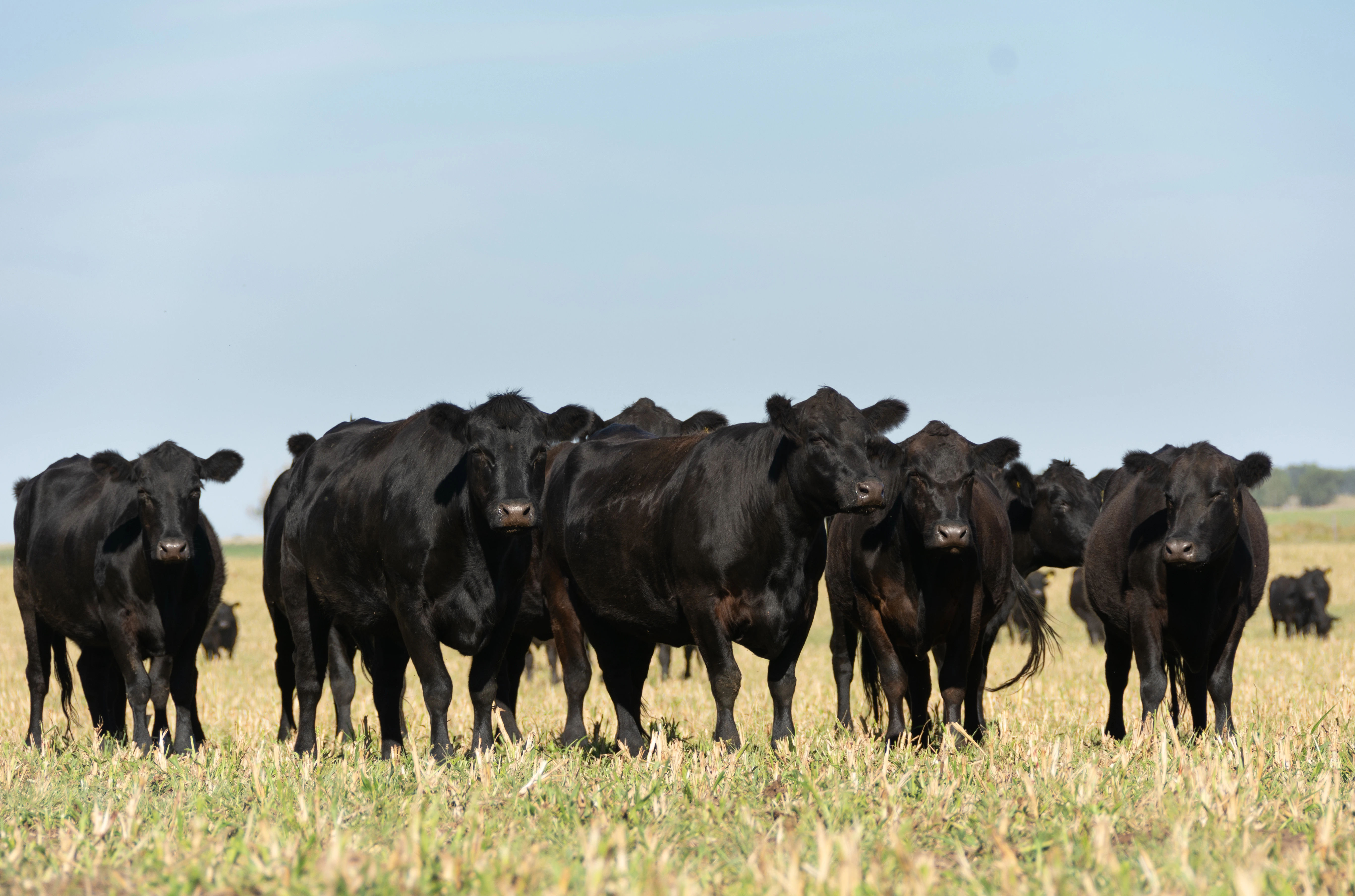
By Rochelle Warner, DVM, MS, PhD
Reproductive hormones, once almost universally utilized for efficient dairy breeding protocols, have come under fire in recent years.
Consumer groups are increasingly sounding the alarm that using products like prostaglandins, GnRH, and progesterone to manage cows’ reproductive cycles is inhumane and potentially harmful to animal and human health. Regardless of whether or not that is true, perception is reality. As an industry, we are fortunately embracing new ways to accomplish reproductive goals using fewer hormones.
Activity monitors are quickly being adopted by dairies to not only enhance their reproductive programs and cut back on hormones, but to provide a host of other information as well.
When activity monitors first hit the market, some of the early renditions were designed strictly to detect heat through increased animal activity. Today, many people still have the perception that heat detection is their singular purpose, but most activity monitoring systems now offer a much wider span of useful information.
Several of the systems also monitor rumen activity, and generate a “health index” that combines rumination and physical activity data. Deviations from baseline trigger an alert (“health event”) that allows managers to examine the cow and deliver necessary treatment much earlier in the disease process.
Adopting an activity monitoring system can be a significant financial investment, so it is important to maximize its capabilities and use the system to the dairy’s best advantage. That includes choosing a system that interfaces well with your herd management software, and systematically making management decisions based on that information.

Activity monitoring system should be utilized as more than a “breeding list generator.” The herds that use them most successfully use an integrated approach. There are some common misconceptions regarding successful implementation. To clarify:
- Activity monitoring will not replace skilled breeders, but rather aid in finding cows in heat so that more attention can be placed on finding cows in soft heats.
- Thresholds for heat detection must be dialed in to each dairy specifically.
- Cows that do not display heats need to be assessed and often integrated into a hormone program.
Most herds find that the systems do not replace reproductive hormones altogether. Prostaglandins still have value in launching recently fresh cows into a new breeding phase by clearing pyometras and re-establishing cyclicity.
Some herds set a cut point for transitioning to a synchronization protocol. For example, animals not detected in heat and inseminated by 75 days in milk may be started on a Double OvSynch program with timed A.I. Others use Pre-Sync or OvSynch programs where they use activity monitoring to cherry pick heats during pre-synchronization.
My experience has been that herds using a dual approach end up breeding about 85% of their cows based off of activity monitoring, with the remaining 15% enrolled in a synchronization program. That’s a much lower number of shots. This not only cuts down on hormone use, but also reduces the labor necessary to organize groups of cows and administer their shots, and is much less disruptive to cows’ daily routines.
I think the most challenging part of adopting an activity monitoring system is the initial start-up. If you’re looking at purchasing a system, be sure to allocate plenty of time and manpower in the first 3-6 months to adjust management of both the cows and the data. Some additional considerations:
- Collars – Purchase the manufacturer’s recommended number of collars for your herd size. Although they are expensive, trying to scrimp on too few will cause breeding delays and failure to detect fresh-cow health problems that also are costly. Be sure the collars fit your animals properly, and check to make sure they are functioning when they are fresh out of the package.
- Facilities -- You’ll need to have an appropriate wi-fi range for the areas in which the collars will be used. Collared cows that move beyond the detection zone will result in lost data. Additional mainframe capacity on the dairy may also be necessary to properly service the number of units you will be employing.
- Dry cows – I strongly recommend purchasing additional collars for your dry cows. This is a highly useful time for monitoring rumen function and predicting health events. Plus, the collars will already be installed and comparative data available as cows transition into the critical fresh period.
- Manufacturer support – Training and technical support is critical to successfully transitioning to an activity monitoring system. Be sure to choose a manufacturer and dealer that demonstrate their commitment to training and service after the sale. Also, carefully examine the warranty/replacement policy for each system when you are making your initial selection decision.
TDA has experience with several activity monitoring systems and we would be happy to visit with you about choosing a system for your herd, or more fully utilizing the system you already have in place.








